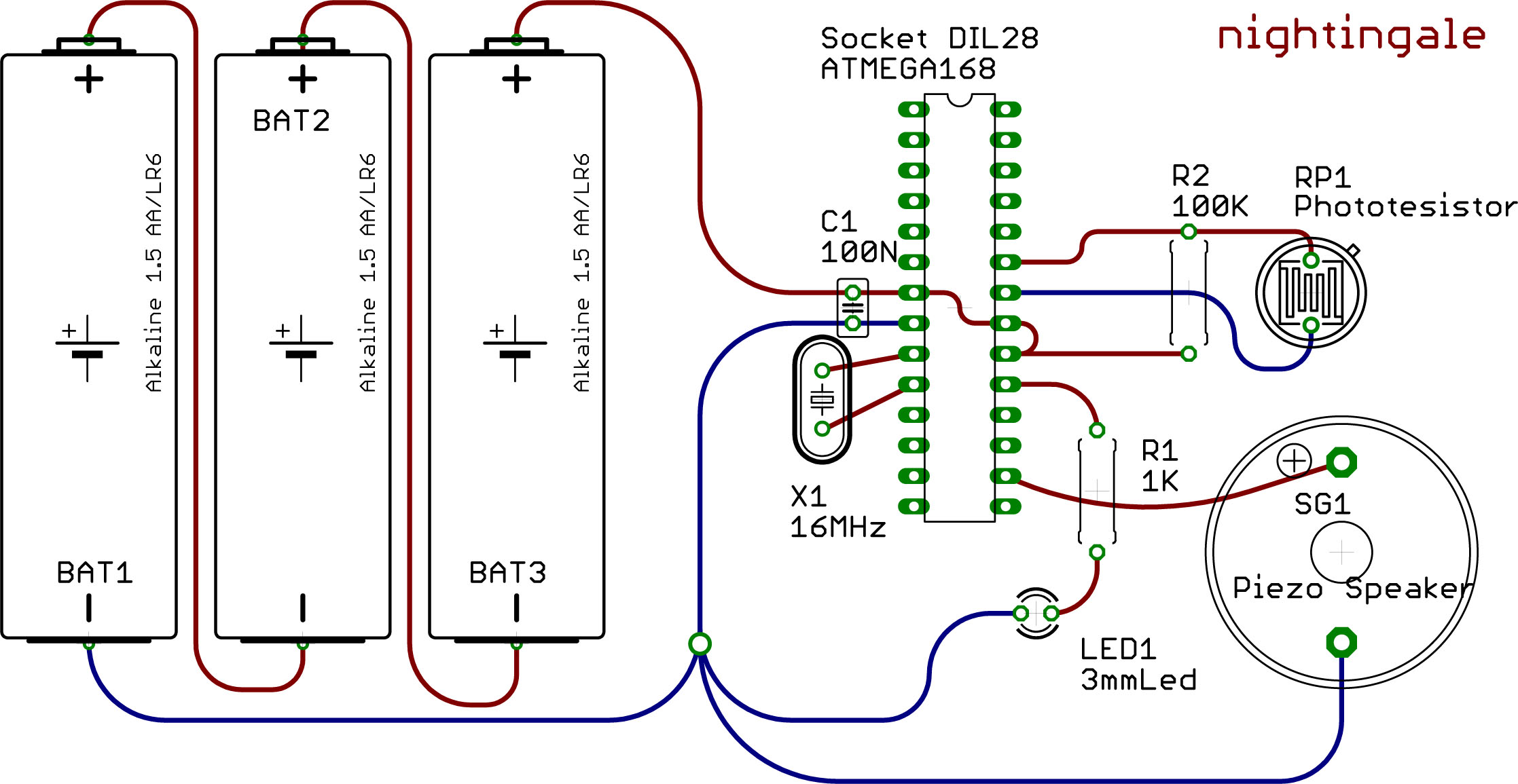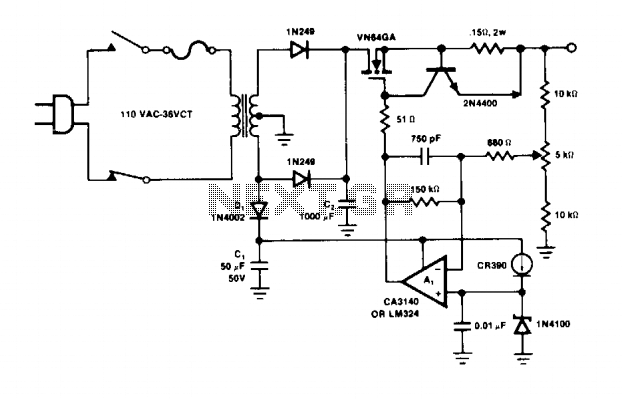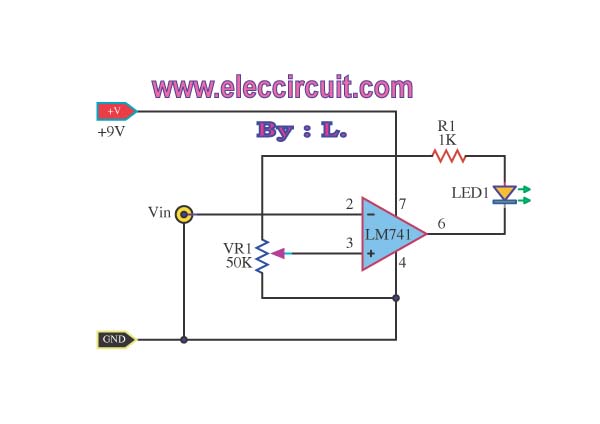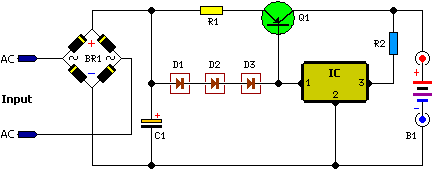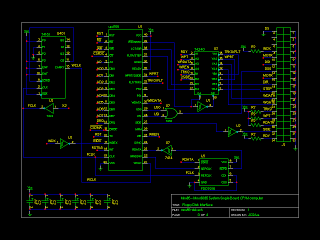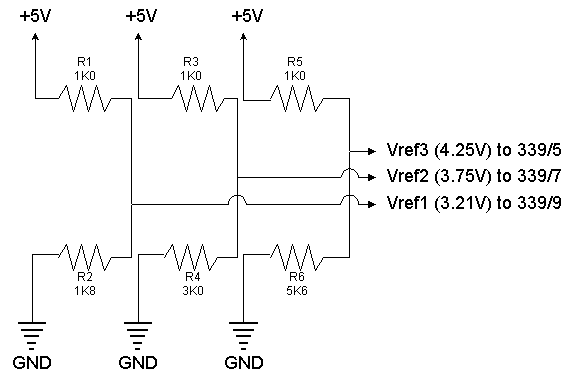
Bike Battery Charger
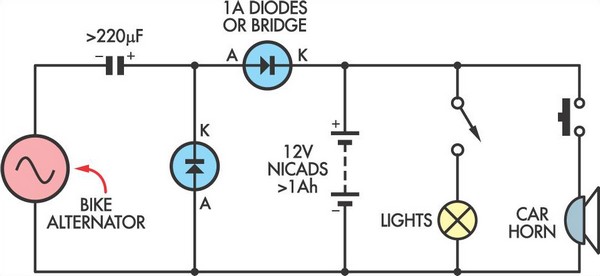
This simple circuit enables a 12V battery pack to be charged using a bike generator. The generator has a power rating of 3W, and this voltage multiplier circuit is designed to enhance the output voltage.
The circuit employs a voltage multiplier configuration, which is essential for stepping up the voltage produced by the bike generator to a level suitable for charging a 12V battery pack. Typically, a bike generator produces an AC voltage that may not be sufficient to charge the battery directly. The voltage multiplier utilizes capacitors and diodes arranged in a specific topology to convert the lower AC voltage into a higher DC voltage.
In this setup, the bike generator's output is first rectified using a diode bridge, which converts the AC output into pulsating DC. Following rectification, the voltage multiplier circuit, composed of multiple stages of capacitors and diodes, is employed to increase the voltage level. Each stage of the multiplier adds to the total output voltage, allowing the circuit to achieve the necessary voltage to charge the 12V battery effectively.
It is crucial to select the appropriate values for the capacitors and diodes to ensure efficient operation and minimize losses. The capacitors should be rated for a voltage higher than the maximum expected output, while the diodes must have a low forward voltage drop to maximize the efficiency of the conversion process. Additionally, the circuit may include filtering capacitors at the output to smooth the DC voltage, providing a more stable charging current to the battery.
Overall, this circuit design is an effective solution for harnessing the energy generated by a bike generator to charge a 12V battery pack, making it suitable for applications where renewable energy sources are utilized.This simple circuit allows a 12V battery pack to be charged via a bike generator. The generator is rated at 3W and with this voltage multiplier circuit pr.. 🔗 External reference
The circuit employs a voltage multiplier configuration, which is essential for stepping up the voltage produced by the bike generator to a level suitable for charging a 12V battery pack. Typically, a bike generator produces an AC voltage that may not be sufficient to charge the battery directly. The voltage multiplier utilizes capacitors and diodes arranged in a specific topology to convert the lower AC voltage into a higher DC voltage.
In this setup, the bike generator's output is first rectified using a diode bridge, which converts the AC output into pulsating DC. Following rectification, the voltage multiplier circuit, composed of multiple stages of capacitors and diodes, is employed to increase the voltage level. Each stage of the multiplier adds to the total output voltage, allowing the circuit to achieve the necessary voltage to charge the 12V battery effectively.
It is crucial to select the appropriate values for the capacitors and diodes to ensure efficient operation and minimize losses. The capacitors should be rated for a voltage higher than the maximum expected output, while the diodes must have a low forward voltage drop to maximize the efficiency of the conversion process. Additionally, the circuit may include filtering capacitors at the output to smooth the DC voltage, providing a more stable charging current to the battery.
Overall, this circuit design is an effective solution for harnessing the energy generated by a bike generator to charge a 12V battery pack, making it suitable for applications where renewable energy sources are utilized.This simple circuit allows a 12V battery pack to be charged via a bike generator. The generator is rated at 3W and with this voltage multiplier circuit pr.. 🔗 External reference
Warning: include(partials/cookie-banner.php): Failed to open stream: Permission denied in /var/www/html/nextgr/view-circuit.php on line 713
Warning: include(): Failed opening 'partials/cookie-banner.php' for inclusion (include_path='.:/usr/share/php') in /var/www/html/nextgr/view-circuit.php on line 713
